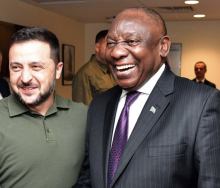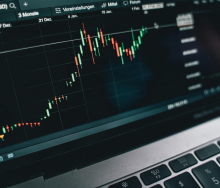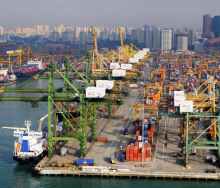The impact of high inflation and borrowing costs is filtering through the economy in dampened retail trade sales.
The latest Statistics South Africa data released last week provided insight into consumer spending as households battle to balance their budgets in the face of spiralling interest rates and rising food, electricity and fuel costs.
According to Stats SA, real retail trade sales decreased by 0.9% year-on-year (y-o-y) in June, well below market expectations of a 0.2% rise.
“This marks the seventh consecutive month of annual decline and in part reflects the impact of high inflation and borrowing costs on real consumer spending,” the Bureau for Economic Research (BER) has noted in its Weekly Review.
The largest contributors to the annual decrease were general dealers (declining by 2.7% y-o-y, shaving off 1.2% points) and hardware, paint and glass retailers (-4.4% and -0.4% pts).
Conversely, retail sales of textiles, clothing/footwear and leather goods rose by 5.7% y-o-y in June.
On a monthly basis, seasonally adjusted retail sales ticked up by 0.2%, improving from an upwardly revised 0.9% fall in the previous month.
However, on a quarter-on-quarter basis, retail trade sales fell by 1% in 2023 Q2 (2nd quarter). Wholesale trade sales were also under pressure in June, decreasing by 3.3% y-o-y.
“On a more positive note, motor trade sales at constant prices rose by 4.8% y-o-y in June, ending a streak of annual declines since the start of the year.
“Outlays on accessories (+11.1% y-o-y) and new vehicles (+9.3%) were the largest contributors to the increase,” the BER found.
The Bureau reported that: “In general, the domestic trade data suggests soft consumer demand dynamics in the second quarter.
“However, a rebound in industrial (mining and manufacturing) output, as well as a projected recovery in value added in the agricultural sector following a stark decline in 2023 Q1, support our view of modest quarterly real GDP growth (around 0.5% q-o-q) in 2023 Q2.”













